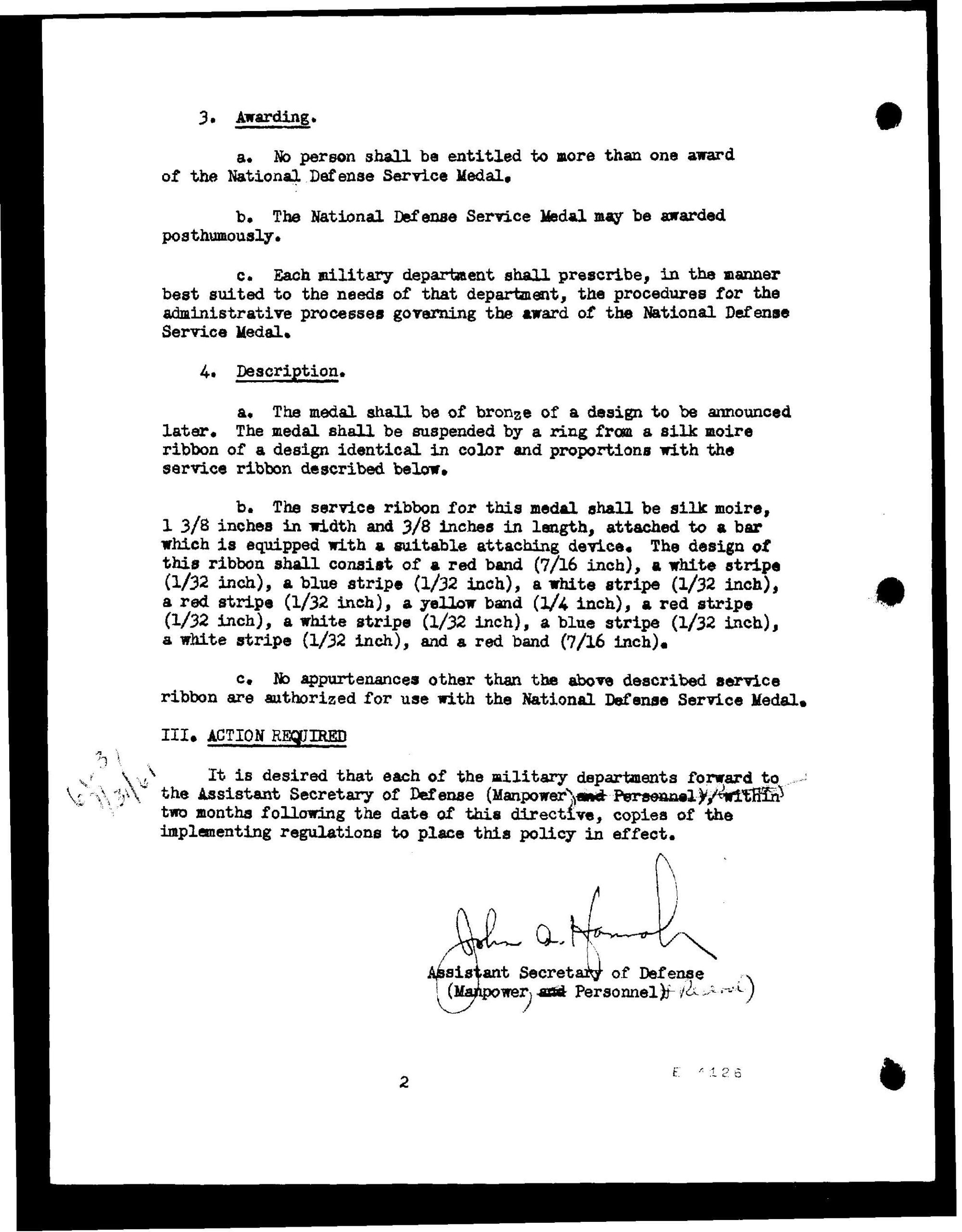The United States Armed Forces boasts a complex system of awards, ranging from commendations for valor to recognitions for general service. While medals like the Medal of Honor and Distinguished Service Cross celebrate extraordinary bravery, others, such as the Army Service Ribbon, acknowledge routine service. Among these, the National Defense Service Medal (NDSM) holds a unique position. Instituted near the close of the Korean War, it has become a common sight on the uniforms of millions of veterans.
 Rear Admiral James Bond Stockdale wearing numerous medals including the National Defense Service Medal.
Rear Admiral James Bond Stockdale wearing numerous medals including the National Defense Service Medal.
The Department of Defense estimates that since its inception in 1953, the NDSM has been awarded at least four million times, a figure that doesn’t even include retroactive applications. Awarded at the discretion of the Secretary of Defense during declared national emergencies, the NDSM has experienced periods of both active issuance and inactivity.
A significant shift occurred on August 30, 2022, the first anniversary of the U.S. withdrawal from Afghanistan. Secretary of Defense Lloyd Austin decreed the cessation of the National Defense Service Medal for the War on Terror. Effective January 1, 2023, service members enlisting after this date will no longer be eligible for the medal. This marked the longest continuous period of NDSM authorization: 21 years, 3 months, and 20 days.
But what are the origins of this ubiquitous award? How did the National Defense Service Medal become so procedural? The answer lies in the vision of President Dwight D. Eisenhower during the Korean War. Concerned about escalating Cold War tensions, and following President Truman’s establishment of the Korean Service Medal, Eisenhower envisioned a broader “blanket campaign” medal. This medal would recognize honorable active service during a “national emergency,” the definition of which remained under the Secretary of Defense’s purview. Regardless of deployment location, the NDSM would symbolize fundamental military service.
On April 22, 1953, President Eisenhower formalized this vision with Executive Order 10448, officially “Establishing the National Defense Service Medal.” The order outlined the basic criteria:
“There is hereby established the National Defense Service Medal… for award… to members of the armed forces of the United States who shall have served during any period between June 27, 1950, and a terminal date to be fixed by the Secretary of Defense…”
This executive order empowered the Secretary of Defense to set eligibility dates. Subsequently, on July 15, 1953, the Department of Defense issued a directive further detailing personnel eligibility, issuance procedures, and ribbon design.
 Department of Defense directive page 1 regarding National Defense Service Medal issuance procedures and eligibility.
Department of Defense directive page 1 regarding National Defense Service Medal issuance procedures and eligibility.
 Department of Defense directive page 2 regarding National Defense Service Medal ribbon design and further issuance details.
Department of Defense directive page 2 regarding National Defense Service Medal ribbon design and further issuance details.
Since its inception, the National Defense Service Medal has been amended by three executive orders, deactivated and reactivated four times, and expanded to include National Guard and Reservist service. The four periods of activation directly correlate with major conflicts: the Korean War, the Vietnam War, Desert Storm, and the War on Terror. During the Vietnam War era of the 1960s and 70s, eligibility extended to stateside active duty personnel, reservists, and National Guard members. Similar criteria applied during Desert Storm. The War on Terror saw the broadest eligibility expansion. Post-9/11, service members completing 90 consecutive days of active duty, excluding initial training, became almost automatically eligible.
For those serving in multiple eligible periods, a bronze star device is added to the NDSM and its ribbon. Graduates of military academies and Officer Candidate Schools also become eligible upon commissioning.
 Close up of the National Defense Service Medal ribbon and medal.
Close up of the National Defense Service Medal ribbon and medal.
Despite its widespread issuance, the National Defense Service Medal is sometimes missed during veteran discharges, particularly for those with brief service periods. Veterans often retroactively apply for the NDSM if it’s absent from their discharge documents and they served during an authorized period.
However, this era of widespread NDSM issuance concluded on December 31, 2022. The Department of Defense’s decision signals a shift towards a more peacetime posture, reflecting reduced troop deployments and counterterrorism operations. While the U.S. maintains a presence in Syria, major combat operations in Iraq and Afghanistan have ended. For many veterans, the NDSM has been a constant presence, earning the informal nickname “pizza stain” due to its red and yellow colors. Despite its routine nature, the National Defense Service Medal symbolizes a veteran’s commitment and service to the nation during times of perceived national emergency.
Update: As of January 1, 2023, the National Defense Service Medal is no longer awarded to individuals enlisting after December 31, 2022. Those on active duty for 30 days prior to this date remain eligible.
For further information regarding military awards and records, resources are available through the National Personnel Records Center and History Hub’s Military Records Community.